
In case you missed it among the more important radio news last week, Amazon announced last week it is shuttering – OK, sunsetting – its DIY radio service, AMP. Announced with much hoopla just 22 months ago, AMP was the next in a long line of “live” streaming services that was going to disrupt and possibly replace “regular radio.”
And like so many services that have come and gone before it – Clubhouse and Spotify’s fake radio play – AMP is now another short chapter in big tech’s aspiration to put radio-as-we-know-it out of business. This is not to say that broadcast radio is in shipshape. It’s not. Not by a long shot. The challenges are plenty, the resources tight, and the innovation is lacking. And yet still, three decades into the Internet Age, broadcast radio’s not dead yet.
22 months.

Most bad FM sign-ons last longer. But Amazon must have seen the signs – lots of them – that Amp was never going to make it, despite inking “influencers,” including great commercial radio talent like Zach Sang, Christian Hand, and Kat Corbett, along with Guy Raz and others, even reportedly paying “millions of dollars” to up-and-coming creator DJs having an impact.
According to last week’s release from Amazon, the company apparently didn’t make many payouts because the service didn’t catch on.
I blogged about Amp when they first launched in a post called “Democratizing Radio?” As Amazon was getting their radio-esque service off the ground, the platform’s VP, John Ciancutti, had this to say:
“Radio has always been about music and culture. But imagine if you were inventing the medium for the first time today. You’d combine what people love about radio—spontaneous talk, new music discovery, diverse personalities, and broad programming—with all that’s made possible by today’s technology.
“You’d make it so anybody with a phone, a voice, and a love for music could make their own show. And that’s exactly what we’re doing. Amp makes it possible for you to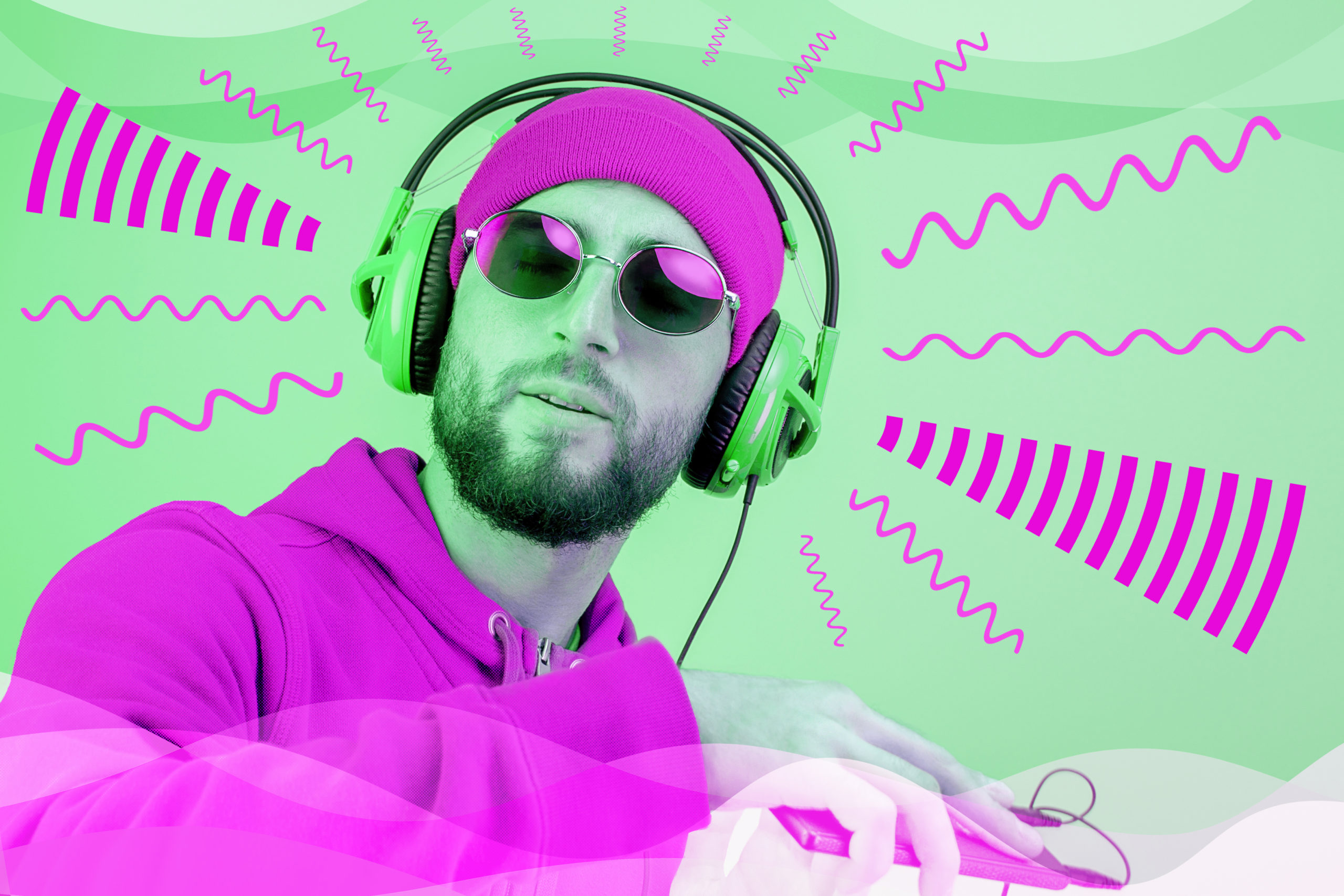 grab the mic and run the airwaves. We are creating a new version of radio that will have an infinite dial of shows.”
grab the mic and run the airwaves. We are creating a new version of radio that will have an infinite dial of shows.”
Last week, The Verge wrote its epitaph for Amp in a story titled “Amazon is quietly shuttering its live audio app Amp,” noting in the subhead that the plan to “reimagine radio” was short-lived.
And in their news release, Amazon’s VP Music, Steve Boom (yup, a different guy) explained this epic fail at creating a better version of radio:
“This decision was not made quickly or easily. It only became clear after months of careful consideration determining the investments Amazon wants to make for the future.”
Translation: Amp was a total stiff.
In fact, this startup started going bad early on. Amazon fired half of Amp’s 150 employees last year. And these cuts echo both Clubhouse and Spotify’s retreats in the live audio space.
The Verge reporter Amrita Khalid reached out to Amazon Music spokesperson Rebecca Silverstein for more detail on the Amp shutdown:
“We’ve made the difficult decision to close Amp. In creating Amp, we tried something that had never been done before and built a product that gave creators a place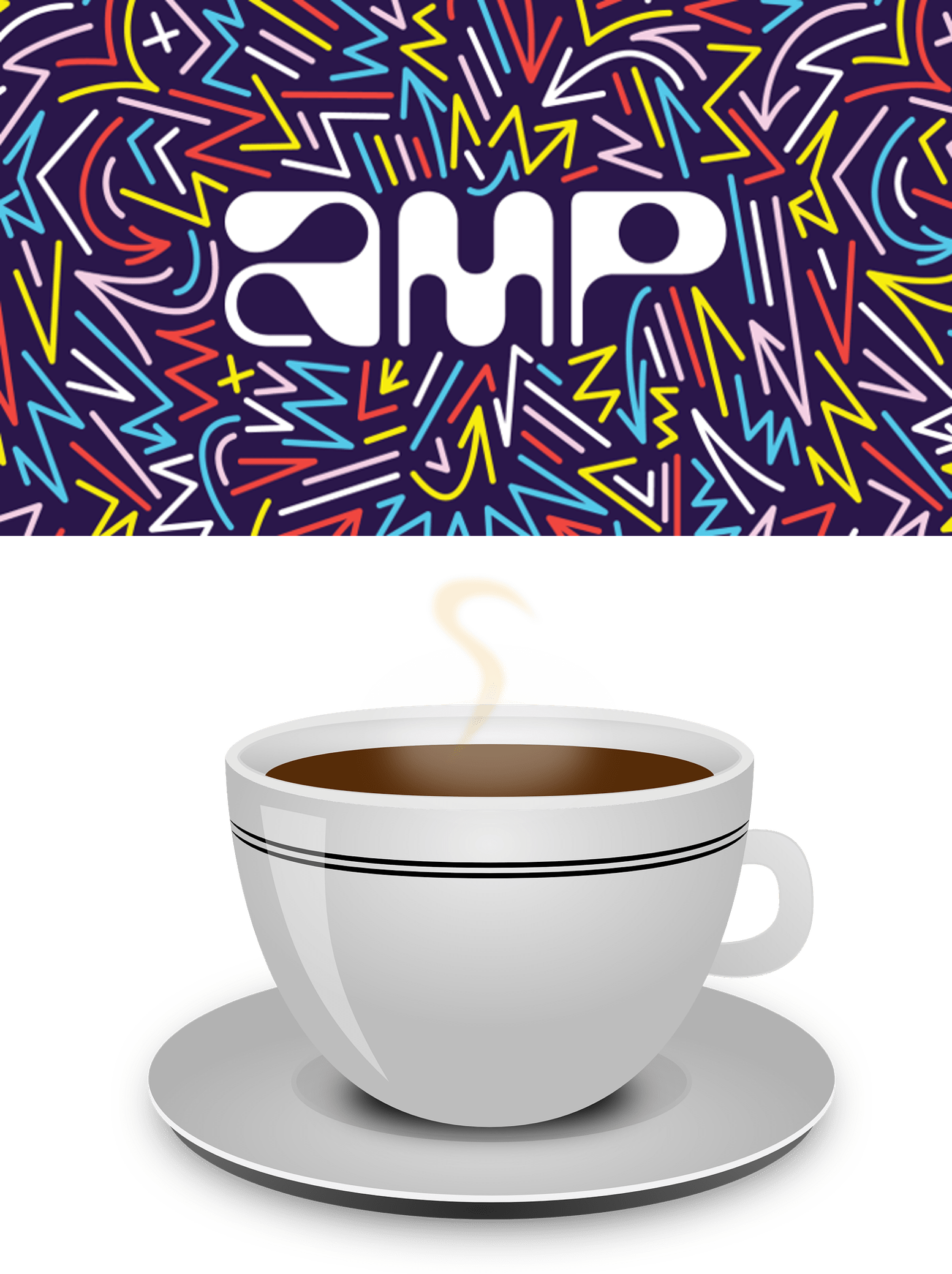 where they could build genuine connections with each other, and share a common love for music. We learned a lot about how live music communities interact in the process, which we are bringing to bear as we build new fan experiences at scale in Amazon Music.”
where they could build genuine connections with each other, and share a common love for music. We learned a lot about how live music communities interact in the process, which we are bringing to bear as we build new fan experiences at scale in Amazon Music.”
Translation: We learned the hard way cultivating an audience for live radio is a heavy lift.
And now we know. Apple, Amazon, Spotify and others – with all their vast resources in time, money, staff, and expertise – can’t kill radio. In fact, they cannot even launch a reasonably competitive product.
Maybe that earns radio a small but deserved “victory lap.” But when that ends, and “legacy radio” is left huffing and puffing to survive, isn’t it time to AFDI? That is, fix it. There are myriad reasons why the broadcast radio experience is suboptimal, illustrated on the chart below. Each year in Techsurvey, we break out the disaffected – the people targeted by services like Amp. We get to the bottom of the reasons why people are listening less to broadcast radio during the past year.
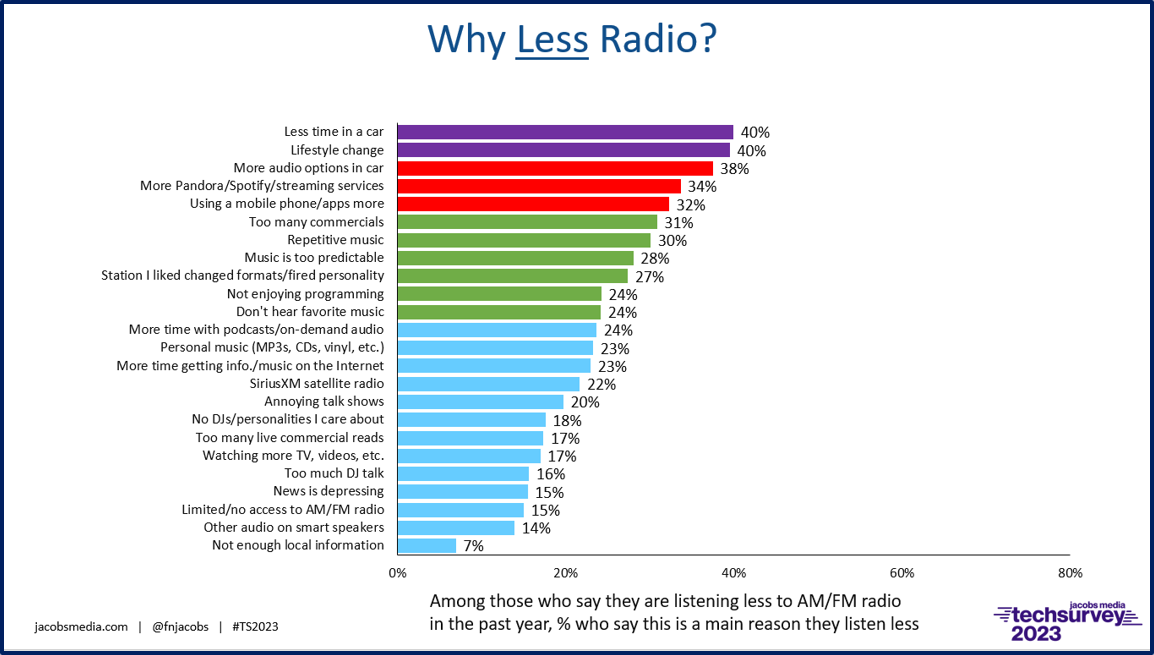
The purple bars are lifestyle-related, including those still spending less time in cars. It is the echo of the pandemic. In red, there are tech issues relating to expanded options, including streaming apps like Amp.
But it’s the green bars – broadcast radio’s unforced errors that continue to get my attention. Our Techsurvey sample is largely comprised of core radio listening fans – primarily members of station email databases. They are predisposed to enjoy over-the-air programming. So, imagine what this chart might look like if we interviewed everybody. Sprawling commercial breaks, boring music, personality firings – they all take their toll, making it even more challenging for broadcast radio to compete against Internet audio.
And AM and FM stations experience their own shutdowns and closures. They sometimes have much different endings than the demise of Amp will be.
In August, Beasley sold its long-running AC station in Wilmington, Delaware – WJBR – to VCY America, a Christian broadcaster from Milwaukee, Wisconsin. Nothing out of the ordinary there – radio stations have been bought, sold, and swapped for decades. But they go away much differently than failed tech startups.
Last week was WJBR’s last day on the air before the inevitable takeover. And Beasley graciously gave its veteran air talent, Mike Rossi, the chance to sign-off and say good-bye to Wilmington, and perhaps his radio career. I invite you to listen in:
‘
On the day when Amazon shuts down Amp, I have a feeling there will be no tears, precious few memories, and scant attention paid by the media. If users are lucky, they’ll read a short statement from the company about yet another tech meltdown, one of thousands over the past couple decades. There will be more.
The death of a radio station is so much different that a tech giant erasing lines of code. In the case of WJBR and myriad others, radio played a key role in its city of license, the local community it served.
Hosts like Mike Rossi weren’t talking heads or out of town voicetrackers. They weren’t just “influencers” or AI voices either. They were living, breathing friends and companions with whom Wilmington woke up to, went to work and school with, and who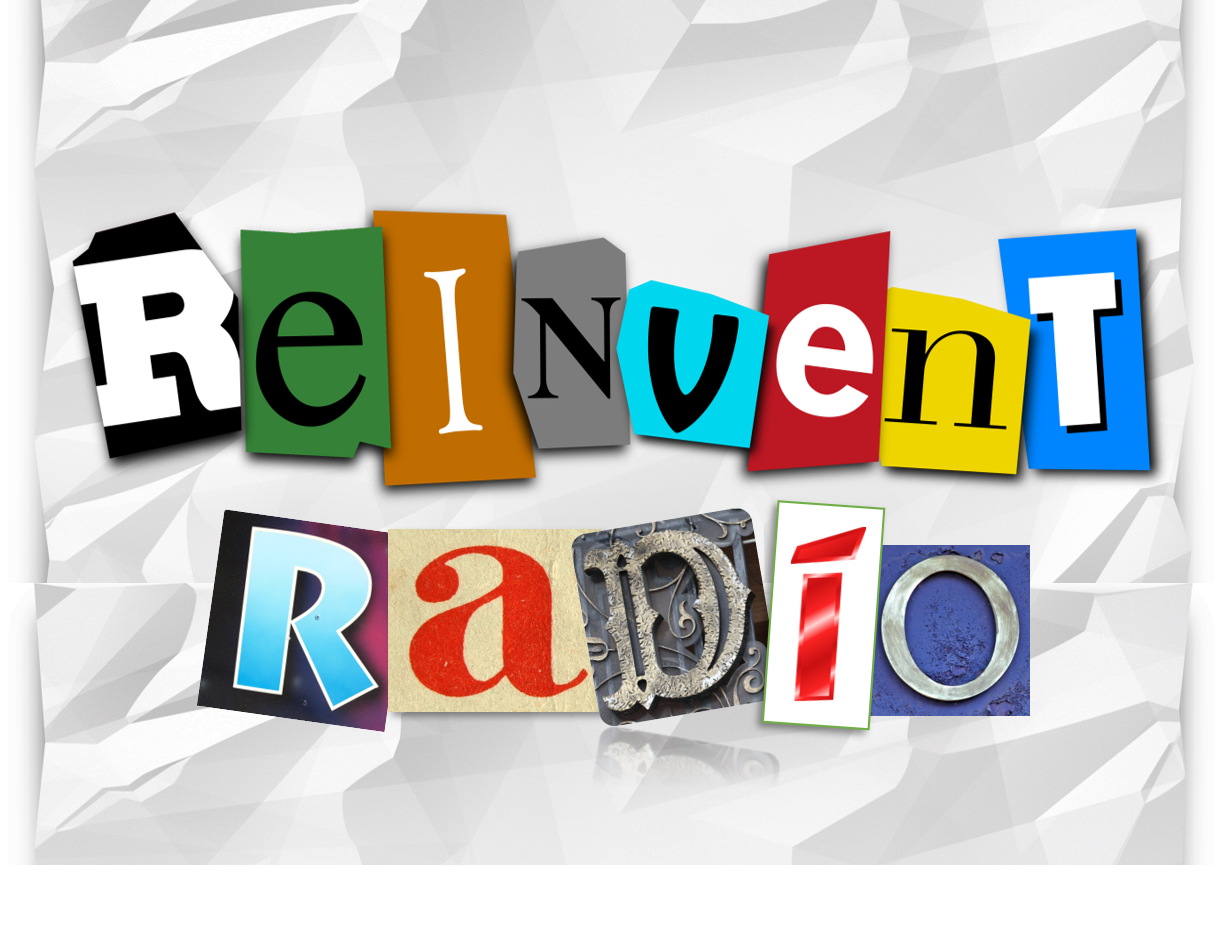 supported important causes in town. The call letters themselves – as Rossi explains – had meaning to the locals, a tradition honored since 1957 when the station first signed on. The station was named after John B. Reynolds – Jr. and Sr. – the father and son team who signed it on.
supported important causes in town. The call letters themselves – as Rossi explains – had meaning to the locals, a tradition honored since 1957 when the station first signed on. The station was named after John B. Reynolds – Jr. and Sr. – the father and son team who signed it on.
People truly mourn for a local radio station that is no more. For Amp radio, nobody will attend a wake, play “Taps,” or sit shivah in memory of this vacuous streaming service. No one will wax nostalgic about it years from now. Like most entertainment brands online, Amp will be replaced by another empty hi-tech sandbox promising to reinvent or reimagine radio. They won’t.
Amp’s demise sends a more important mission to those of us in radio than it does to Amazon Music’s team.
Doing live radio successfully is hard. It’s an art form. It requires learned skills acquired over a period of years. It is a craft. Building an audience requires time, care and effort. Retaining listeners and expanding reach doesn’t just happen at the wave of a wand or the signing of a check.
One of these years, a major tech company will buy a major radio broadcast company as an addition to its media portfolio. And then, the real learning will begin. They have a lot to teach us. But we have a lot to teach them.
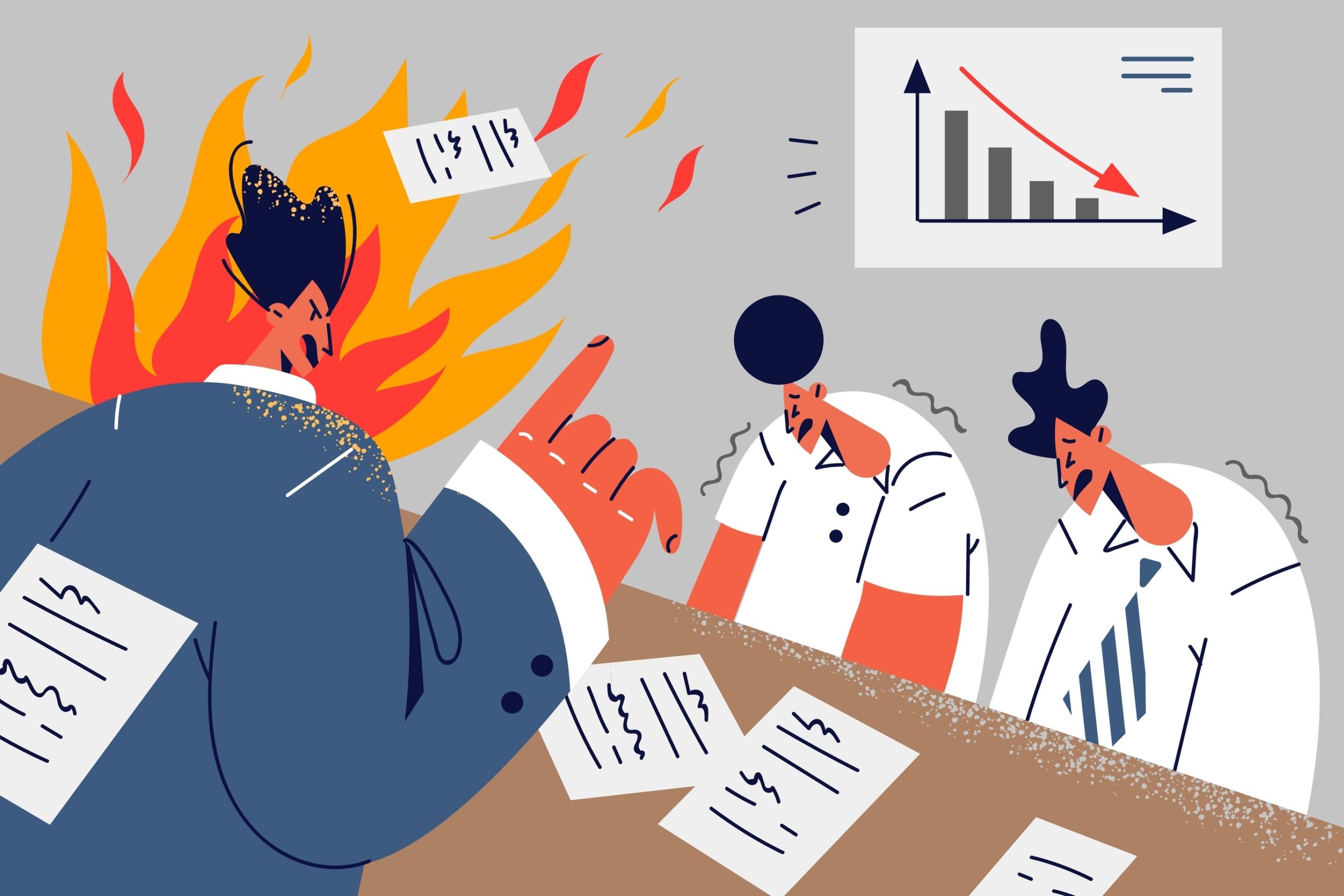 Until then, a message to Apple, Amazon, Pandora, Spotify, and the others:
Until then, a message to Apple, Amazon, Pandora, Spotify, and the others:
“Don’t try this at home.”
And to radio operators:
These local stations are precious, despite their diminishing value. Operate them with as much humanity and local connectedness as you can.
P.S. That last song Mike Rossi played on WJBR? “The Sound of Silence” by Simon & Garfunkel.
- Media And Technology In 2025: Believe It Or Not! - April 18, 2025
- In Radio, You Just Never Know - April 17, 2025
- The Secret To Making A Great Podcast (And Great Radio) - April 16, 2025




Excellent blog. The tech companies wish they had radios distribution. My friends at these monster companies share that with me. They are serious competitor’s to OTA radio, but in the music realm more so than in the radio realm. Having said that, I was excited when AMP launched as I viewed it as a place to discover talent. To that end I am sad.
I had the same thought, Mike. Watch for fledgling personalities on Amp, and hope we could persuade them to try broadcast radio. Looks like we’re going to have to support the other farm team – college (and high school) radio. Thanks, Mike.
Me3…I was also hoping AMP might provide a talent pool for our medium. DIY radio isn’t as easy as it sounded to some of these creators. There’s a reason so many shows thank their coaches, their PDs, heck, their researchers when their shows succeed! Thanks for the interesting insights, as always, Fred (and Mike!).
One wonders–did you find that talent on AMP?
You’re right, of course, Fred that AMP was a blip in the history of mass-media.
I was disappointed Amazon never even tried to monetize the audience they did have, much less make more than a casual effort to grow the product.
But I take exception with some of the snark in your piece. Calling AMP a “vacuous streaming service” is a slap in the face to the hundreds of show hosts who not only built small but passionate fan bases for our programs but also enjoyed a real sense of community interacting with those listeners in the real-time chat.
Just like in “real” radio the quality across the AMP dial varied but I heard several amateur hosts as good or better than much of what I hear on AM or FM these days, and most are certainly more music-knowledgable.
I for one will mourn the loss of AMP. I don’t know if the rival app Stationhead will rise to the occasion now but the idea is a good one and I hope someone figures out a way to make it work.
I read you every day and appreciate your giant contribution to our industry. Congrats on your 40th anniversary too, Fred.
Sometimes the snark does goes over the top, Gene. Sincere apologies to those who devoted time, energy, and brain power to this platform. I know many out of work radio broadcasters gave Amp a good shot. My beef, of course, is not with talent but with tech giants who believe they can simply write a check, build some infrastructure, launch an app, put out a press release and think they’re going to create “the next radio.” For me, Amp was final digital straw.
As you know, Gene, the lack of support for the “creators” is a sad omission across many platforms – not just this one.
Thanks for reading me and keeping me honest. – FJ
Well put, Fred. Awesome post. Will spread the word. Thank you.
REAL RADIO is just that. We deliver local support and ask for the same in return. Sad to see so much investment in trying to do something better than radio when the simple answer is to invest in what has been built over the past 100 years. Improve transmission, connection and reception! Digital sounds great. Especially when it delivers excellent local content.
Thank you, Clark.
Thanks Fred for including the heartfelt message from Mike Rossi in your post today.
While I have an eternally optimistic mindset regarding the future of our business. It is sad when almost every week a key member of one of our communities, who just happens to be on the radio, will no longer be a difference maker through the power of local broadcasting.
Good Luck, Mike as your next chapter unfolds.
If anything, today’s radio isn’t local enough! Today’s music also isn’t contemporary enough. It’s typically a year or more between when a song is written, and the recording of it is released. Years ago, it was a few months and often a few weeks or even days. The feeling of the music spoke to the contemporary feelings of the community.
Another case of “we have no radio experience but we know exactly what to do to compete with radio” followed by “ummm … why isn’t this working the way we knew it was going to?” and “how do we get out of this debacle without admitting we knew nothing all along?”
I also read that Audacy put the WJBR format on the HD2 of another station in the cluster as of this morning. I bet it’s a Mike Rossi-less presentation and even if some listeners manage to find it (no mention of trying to simulcast on an analog translator, so that’s an uphill battle in and of itself) it won’t feel the same to them.
Countdown clock starting now to see how long that lasts. Might not even match the 22 months of Amp’s existence.
It’s definitely a jock-less presentation. What’s particularly odd to me about it is that WJBR was Beasley’s only Wilmington-focused station–while the new HD-2 here is on a Philly-focused one (WBEN-FM). Even under the best circumstances, the coverage area is significantly different. Also, the branding on the website largely just references the online version (“WJBR.com”).
https://wjbr.com/2023/10/06/mix-99-5-wjbr-wilmington-makes-move-to-95-7-hd2
I was about 4 years old when I first turned on the radio. Cool. Music and people talked to me and I could just ..listen. Wasn’t long after I went to my first movie. The screen was big, the people up on that screen talked to me-and themselves and told a story..and I could just watch (and listen). As a teener I would scan the radio dial for songs out of Buffalo, Chicago, Philadelphia, New York, Boston, Cincinnati, Pittsburgh, I knew of the rivalry between WCFL and WLS. WABC, WMCA, WMGM and WINS. All I had to do was. . . listen. In the beginning of corporate downsizing in 2007, I got involved in an “online” service-part of the local newspaper and their website that got a MILLION hits per day. All I had to do was…well a whole lot more than just listen. Buy a computer, find the website, click on the link and hope that it would connect. When I left the house, I could plug in my phone, find the internet connection, find the link and -listen. Then reconnect when the connection failed. Well that service failed as well. It’s now 15 years later-and as was pointed out here, many of the AMP artists had a “small but passionate” audience. Of the more than 100 stations I can hear in Southern California now, many have “small but passionate” audiences. Of the more than (fill in the blank) streaming services – most have “small, but passionate audiences”. Radio as we know it is still the easiest one-way audible communication source for a number of reasons. Many of us can point out the flaws of the broadcast world-and ways to fix it. Fred says “Fix It”. To many CEO’s, “fixing it” means making their quarterly bonus. Selling out that block of weekend paid programming. Adding another :30 unit to a 7 minute commercial stop set. To others, it’s creating a product that people will discover (and they still can discover radio)-and just listen. If they want to participate-they can. It’s a very personal world these days, but I still believe there’s a shared experience out there somewhere with radio. We’ve got the minds of the Jacobses and the McVays and Doug Ericksons and many more who know how to fix it!! Three other products come to mind immediately when I picture “shared” experience. The NFL. Disney Theme Parks. “Barbie”. I’m sure you can find more. Maybe down the road broadcast licenses will be awarded to people who actually want to do what they were originally created for. Serve the good of the public.
Touching video. Thank you for sharing it. And thanks for letting us know what the concluding song was. I was expecting perhaps Golden Slumber/Carry That Weight/The End. But The Sound of Silence really was perfect.
I actually signed off the air for the last time with the very song that was the first song I ever played. Like Mike, the first time I played it it was just another song, but the last time it was chosen on purpose. I never could have known decades earlier it would be the last song that I would ever play, but it couldn’t have been more fitting. The song was by an artist named Christine Wyrtzen (a spot on Karen Carpenter sound alike and worth a YouTube check). The title of the song: “I Am Satisfied.”
David, you touched a sentimental nerve with me in sharing that. Brings up a great memory of how I ended my last on-air shift, way back in 1989.
I was doing mornings and doubling as APD and MD on a Country station, more as a favor to an old friend who I had worked for twice previously in my career; a bunch of us were brought together to keep the station on the air for several months until he could find a buyer.
He did eventually sell the station and the new owners graciously let us do a farewell broadcast, which everyone insisted I “anchor”. After playing the obligatory “Take This Job and Shove It” (Johnny Paycheck) into “That Just About Does It” (Vern Gosdin) and then “The End Of The Line” (Traveling Wilburys), the very last song we played was the first one our PD had when we flipped the format to Country … “Unwound” (George Strait), which I pointed out at the time was my way of honoring the old country/folk song “may the circle be unbroken”. Same sentiment as what you did, I think.
(After that, I did the old calls on the TOH ID one last time before we signed off, following “leaves the air” with the last line of Randy Travis’ “Forever And Ever, Amen”.)